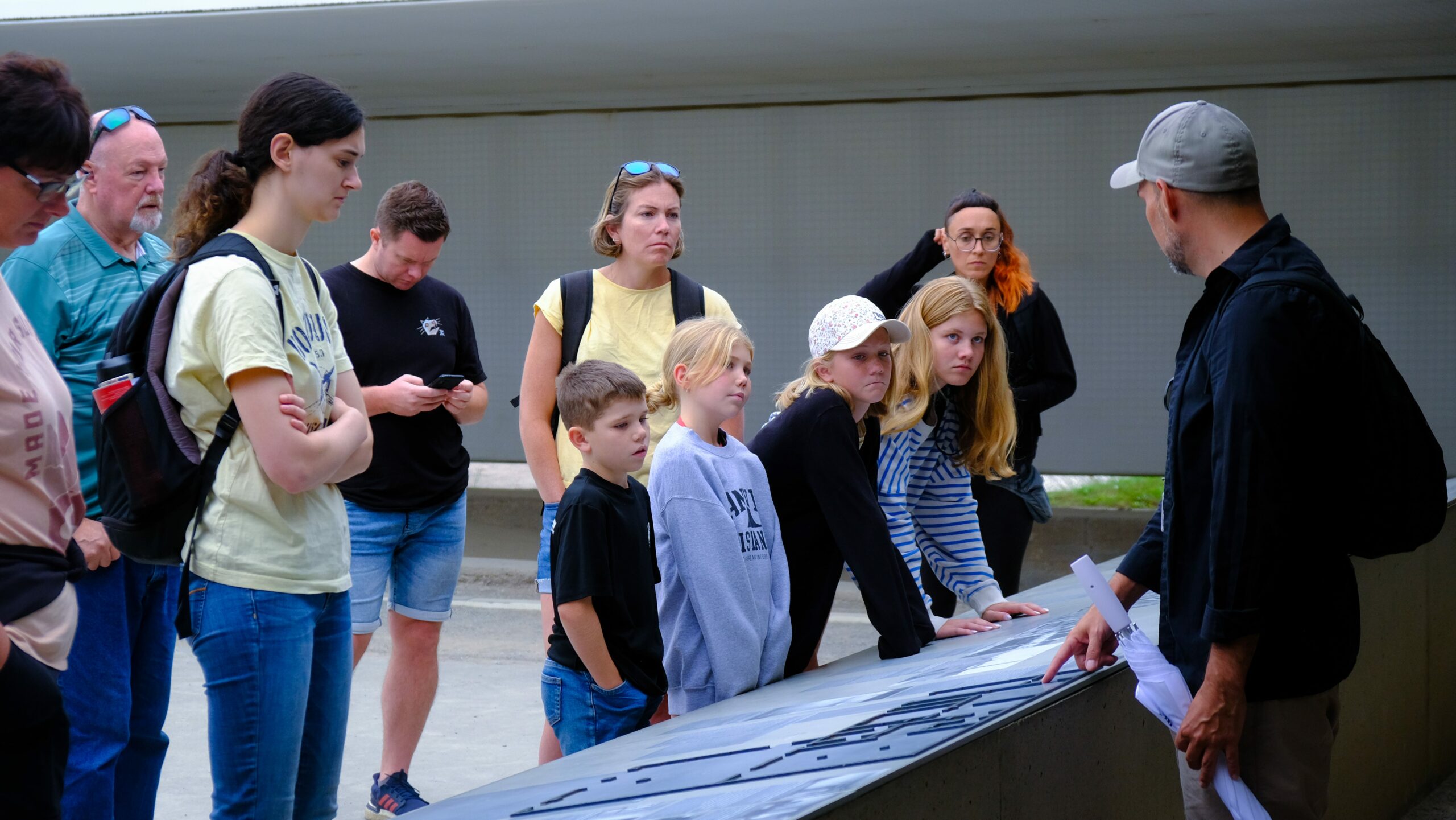It may seem that “crawls” is a simple word, but it is used in many ways and situations. You can see slow, gentle crawling in infants and pets and you also notice it when you speak of data crawling in computers or people going out together on a pub crawl. This article will look at what “crawls” mean in plain and symbolic ways, how it is used within different cultures and its influence across the internet.
The Actual Wording of Crawling
Crawling is basically a type of movement whereby creatures move slowly and near to the ground. The first way most infants move is by crawling and this helps them discover and play with things around them. In order to crawl, babies use their hands, knees or stomachs to get forward. This major step greatly contributes to your maturity and ability to function independently.
Some animals besides humans use crawling to get from one place to another. Creatures like caterpillars and spiders walk on their legs to navigate where they are and snakes and lizards do the same by crawling smoothly along the ground. A number of marine creatures use crawling to get around underwater areas.
When crawling in this way, animals move quickly with stability. Generally, running and walking are faster forms of movement and since speed can be important, they may lack some precise movements.
How to Crawl in Social Situations: Pub Crawls and So On
Social use of the word “crawl” is seen in places like pubs, where friends move from venue to venue drinking and having fun with each other during what is known as a pub crawl. In many locations worldwide, especially districts known for having nightlife, pub crawls are held regularly.
People sometimes combine a pub crawl with a type of costume event, a look into history or use it raise money for charity. What attracts people is the opportunity to hang out with others, try out different drinks and control their drinking.
Besides just pubs, visitors can also join “food crawls” where they get to sample different kinds of food from different spots. Their crawls provide tastings of local dishes or new eateries to try along the route. More people opt for food crawls because they are now especially popular in cities with various food options.
In either case, the careful, gradual travel from one place to another reflects how a crawler takes steps or sips or bites one at a time.
Crawling Technology: Web Crawlers and Data Crawling
Besides its other uses, “crawl” is significant in technology, mainly influencing internet search engines and how data is collected. Crawling is a term for software robots, called web crawlers or spiders which systematically look at pages across the internet to collect information.
To make a searchable index, billions of pages are crawled by Google, links are followed and data is gathered by their crawlers. It helps users receive useful answers immediately when they type in what they need. Freshness of the indexed pages and server performance are both managed by carefully controlling the depth and rate of the crawling process.
Besides pulling information from websites, data crawling also includes getting data from databases, social networks and company’s networks. Crawlers help companies watch their presence online, find out information about the market and recognize potential security issues.
Crawling in technology shows the idea of going at a slow, careful pace, just as an infant would as it moves around on its hands and knees.
Using Crawling as a way of Understanding
Besides being a way to gather data online, crawling also stands for slow or hard progress in many fields. Sometimes, a project is called “crawling along” when it is advancing steadily but not quickly. Alternatively, a person trying to get better following an illness might describe themselves as creeping back to health, again pointing out that recovery takes time.
In literature and ordinary speech, crawling can make people feel like they are working hard, being patient or being persistent. It teaches us that major growth can take time, so little by little improvements are sometimes better for the end result.
In certain contexts, crawling stands for being submissive or humble such as when people talk about a person “crawling before” a superior. It makes me imagine a person showing vulnerability or deference.
Research on Crawling: How Humans Learn & Robots Move
Researchers have examined how crawling works, as it helps explain human movement and support building of robots for rough environments.
Crawling helps experts assess a baby’s brain and muscle systems. To determine coordination, balance and muscle strength, pediatricians watch the way children crawl. Some babies choose army crawling or scooting instead of crawling hands and knees and both work very well.
Crawling robots designed to resemble insects and reptiles are used in robotics to get into areas where wheeled robots cannot go. Robots like these are very important in search and rescue, space missions and monitoring the environment. Using its crawling motion, a vehicle can both keep its balance and steer well in narrow or rocky areas.
Experience in crawling found in nature and tips for survival.
Using their body bits, animals can move away from danger when they are crawling. Crawling animals are able to hide from predators, explore thick forests and bury themselves underground. Some predators such as snakes and spiders, depend on crawling to follow their prey without being noticed.
Crawling can also help people who are trying to survive in some situations. For example, getting lower to the ground in a fire can protect you from smoke and being small in public places helps you avoid notice.
Conclusion
“Crawls” is a versatile word that touches on many aspects of life, from the innocent first movements of a baby to complex technological processes and social activities. Whether describing physical movement, social events, or digital exploration, crawling embodies the idea of slow, deliberate progress. It reminds us that growth, discovery, and success often come step by step, with patience and persistence.
Understanding the many dimensions of “crawls” enriches our appreciation for this simple yet powerful concept, highlighting its importance in human development, culture, technology, and nature. So next time you hear the word “crawl,” consider its deeper meanings and the fascinating roles it plays in our world.
Table of Contents




